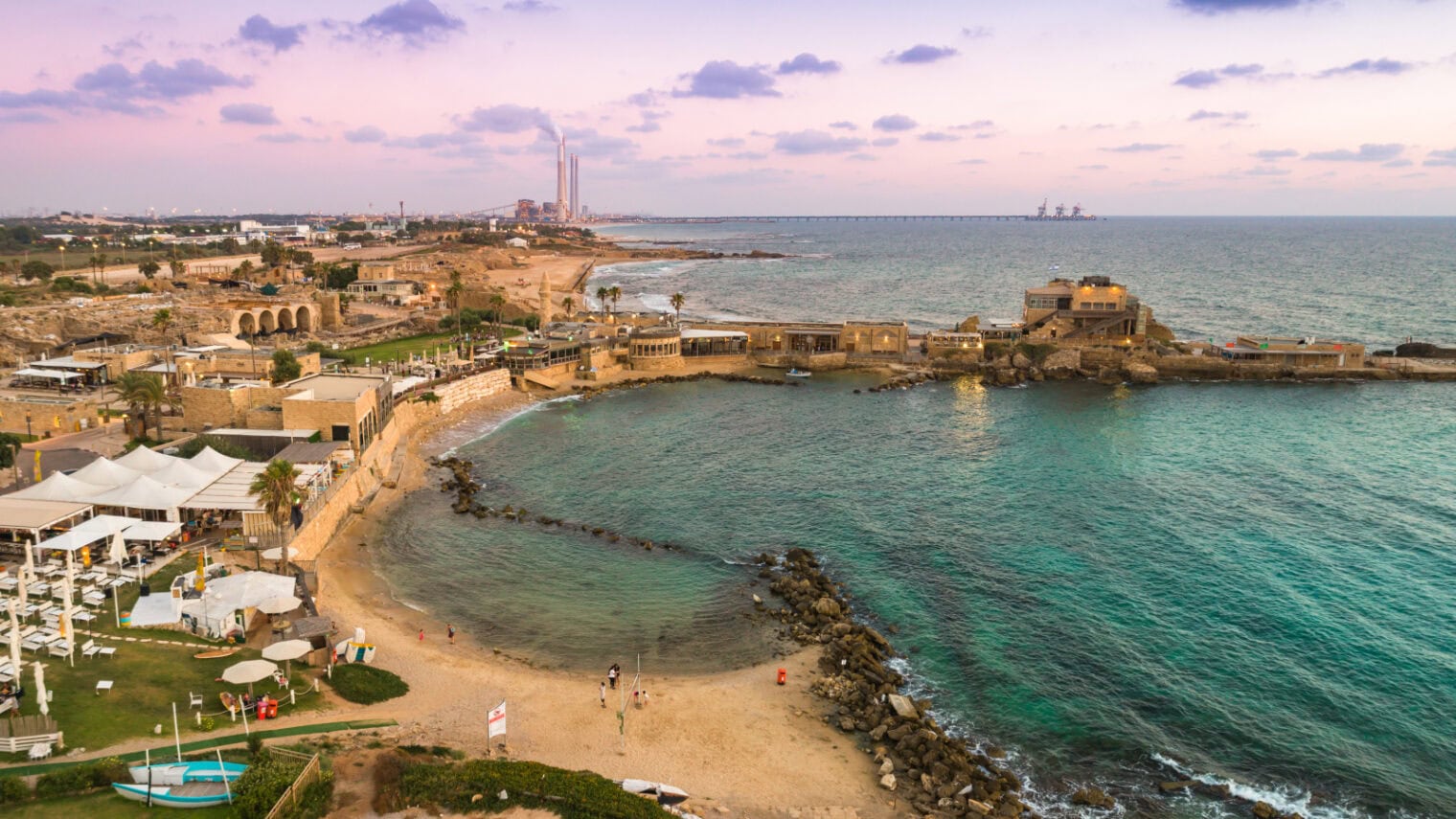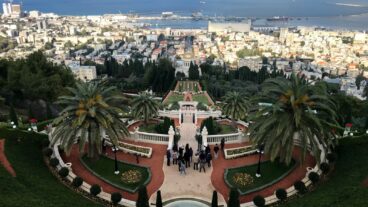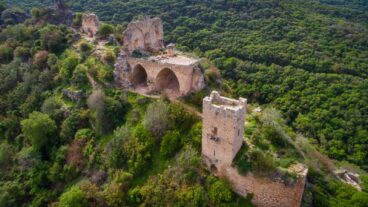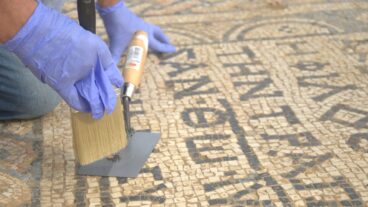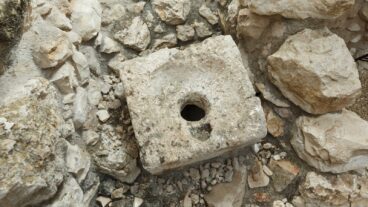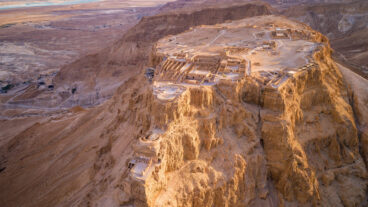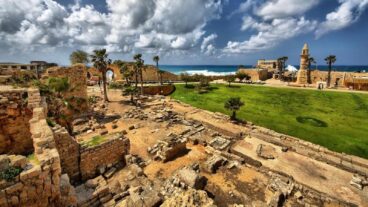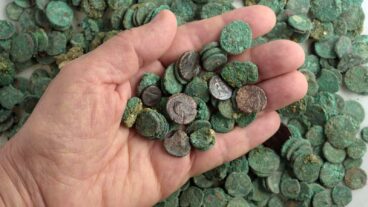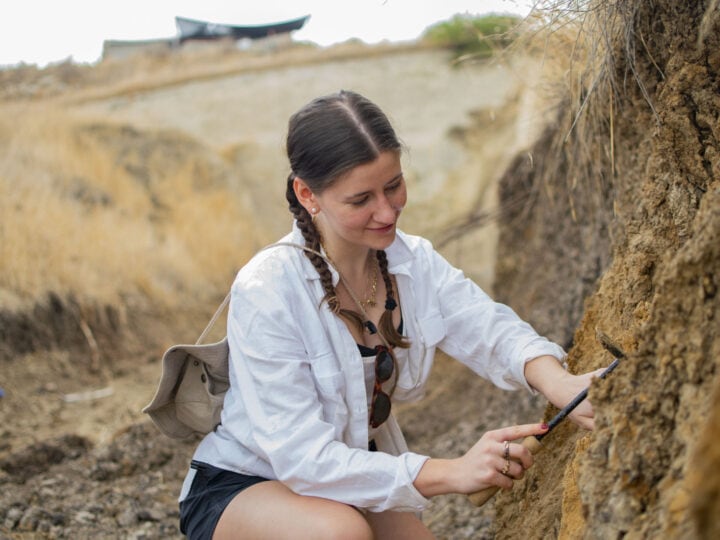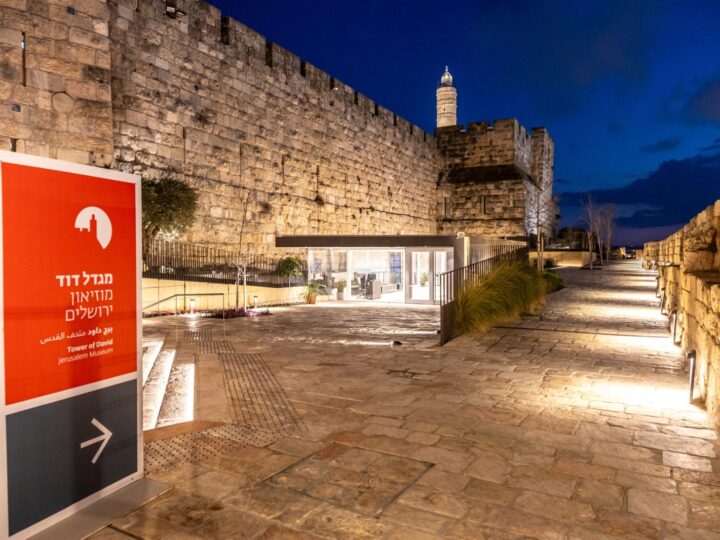The remnants of the Jewish people’s presence in modern-day Israel is evident and quite prominent.
Although some are attempting to minimize this connection, even a short archeological scan of the area reveals the evidence dating back thousands of years — history that stretches from the northernmost parts of the country to the depths of the Negev Desert.
Here are just seven of the most significant archeological sites rich in Jewish history, compiled with the assistance of the Israel Nature and Parks Authority:
1. The Western Wall
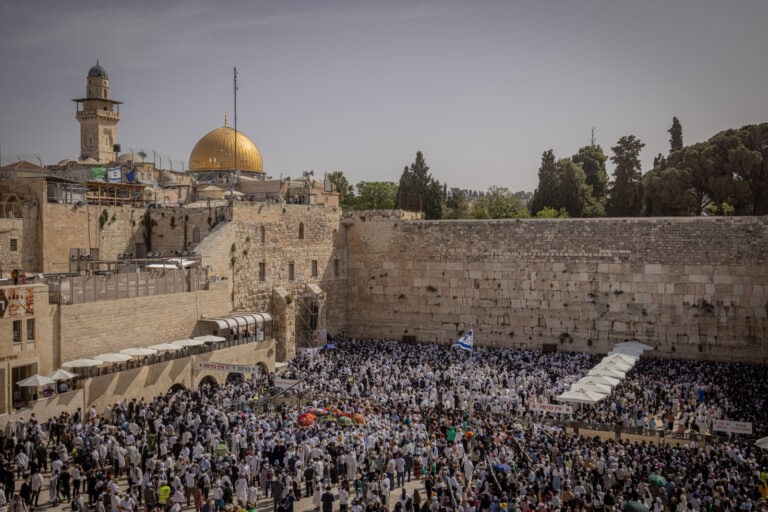
The Western Wall is actually what remains of the outward retaining wall of the Second Temple courtyard, built by Herod the Great, the Jewish Roman client king, around 19 BCE. The Second Temple itself was destroyed by the Romans in 70 CE.
Herod was appointed “King of the Jews” by the Roman Senate in 39 BCE, and ruled over the Herodian Kingdom of Judea, which included the regions of Judea, Samaria, Galilee and areas east of the Jordan River.
The expansion of the Second Temple was one of many monumental building projects undertaken by King Herod, in an effort to gain the backing of the Jewish population and boost his popularity in an area essentially ruled by the Romans.
Herod doubled the size of the temple and constructed a perimeter wall. At least half of the wall’s height is located below street level, which can be toured today as the Western Wall tunnels.
2. Masada
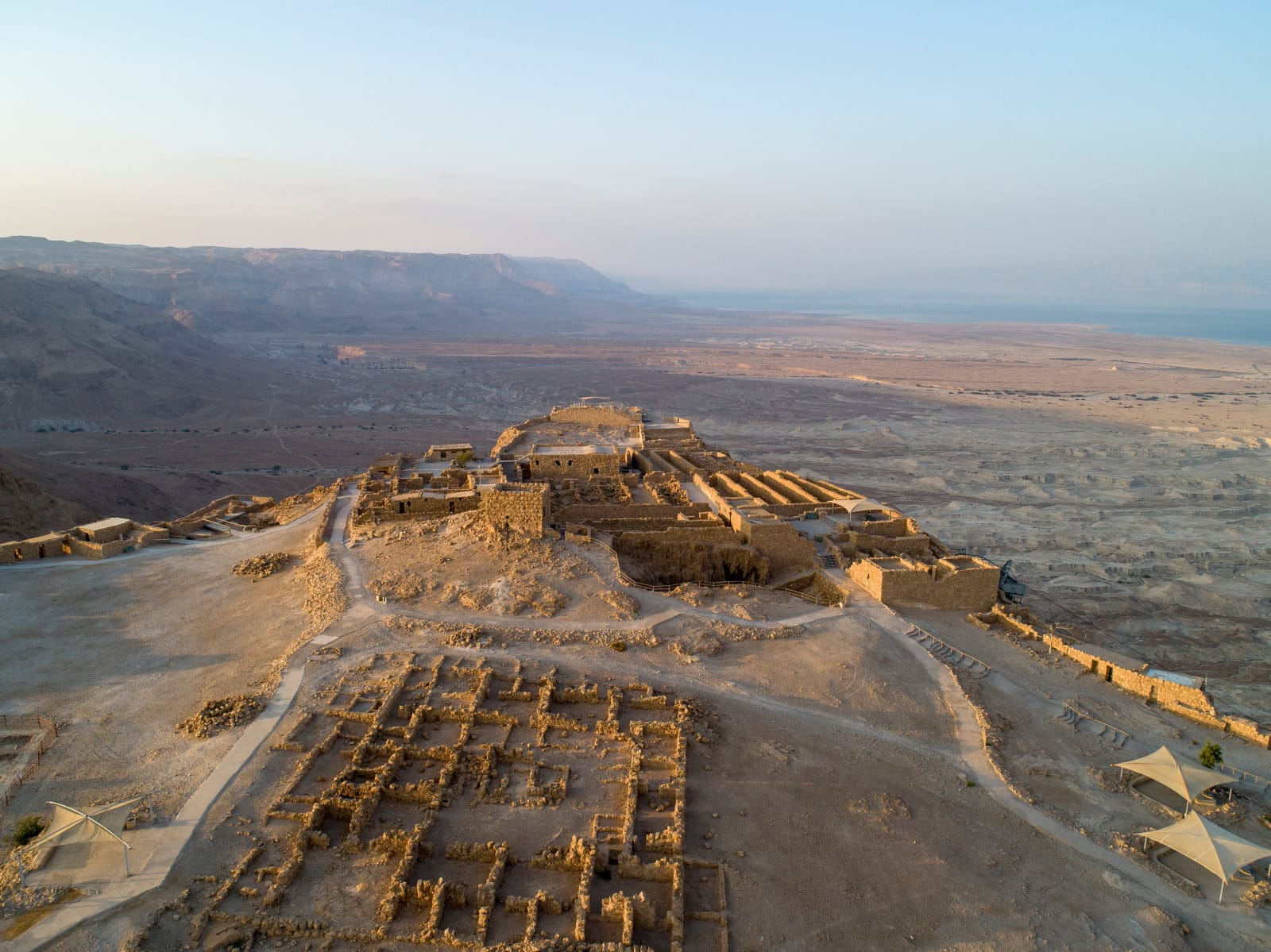
Among King Herod’s colossal building projects was also the construction of the Masada fortress overlooking the Dead Sea. The fortress contained 29 storerooms, army barracks and an armory, 12 cisterns, ritual baths and a stable-turned-synagogue (one of the earliest synagogues in the world).
According to the first-century Jewish Roman historian Josephus, Masada was under siege by the Romans between 72 and 73 CE, during the First Roman-Jewish War. Josephus alleged that 960 Jewish soldiers ended their lives in a mass suicide there rather than be taken captive, although archeological evidence does not fully back that claim.
Masada is now one of Israel’s top tourist spots, attracting around 750,000 visitors a year.
On the plateau, site of the new Yigael Yadin Masada Museum, visitors will see hundreds of ballista balls that were fired at the fortress by Roman soldiers.
3. Caesarea
Another King Herod construction project was a significant expansion of the city of Caesarea, named after Gaius Julius Caesar Augustus, the founder of the Roman Empire.
Between 22 and 15 BCE, Herod established the Sebastos harbor in Caesarea, one of the most impressive harbors of its time, turning it into a port city. It served as the capital of Roman Judea.
In Caesarea, Herod also built a palace and an amphitheater, where the city hosted major sports competitions, gladiator games and theatrical productions.
4. Tiberias
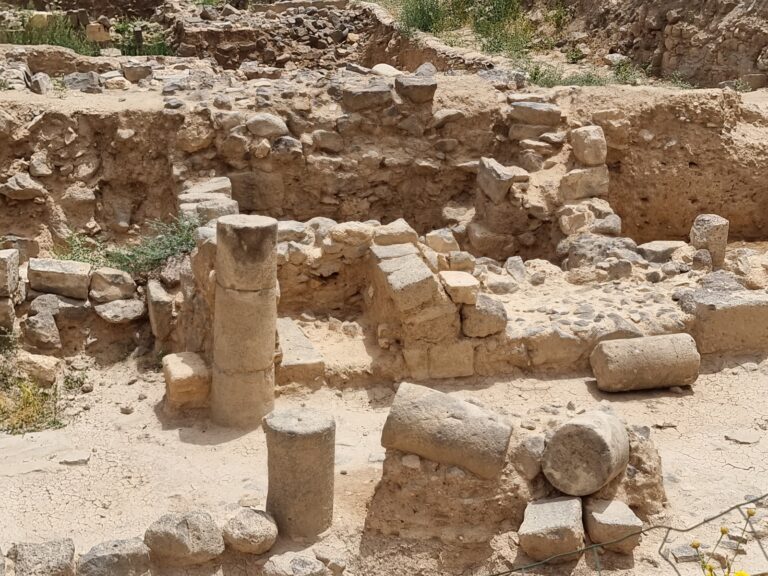
The city of Tiberias was founded by Herod Antipas, the son of Herod the Great, in 20 CE.
Named after Roman Emperor Tiberius, it became a major religious and political hub for the Jews after the destruction of Jerusalem in the Jewish-Roman Wars, and expulsion of the Jews from Judea.
Overlooking the Sea of Galilee, Tiberias was built on the site of the ancient Jewish city of Rakkath, mentioned in the Book of Joshua in the Old Testament.
Unlike many other Judean provinces, Tiberias wasn’t demolished by the Romans because its residents did not revolt. However, during the First Jewish-Roman War, Herod’s palace there was destroyed after Jewish rebels briefly took control of the city.
5. Tel Megiddo
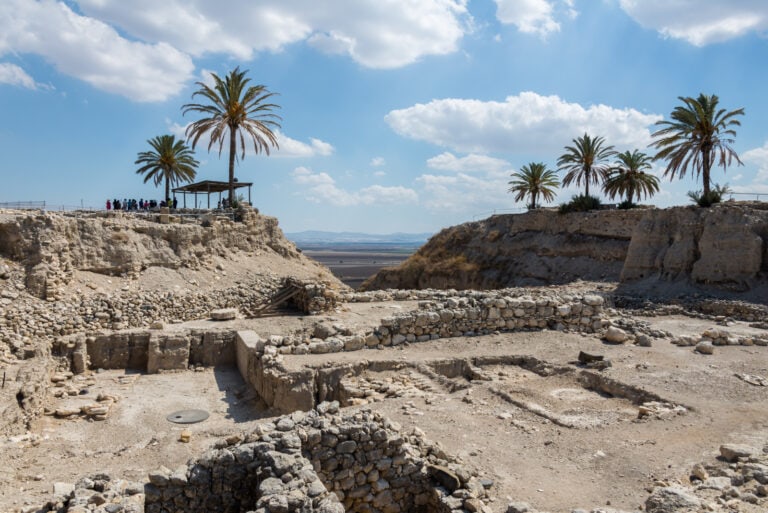
The area of Tel Megiddo in northern Israel is the site of the ancient city of Megiddo, known to many by its Greek name “Armageddon.”
It is the prophesied location for the battle of the End Times, at least according to the Book of Revelation in the Christian Scriptures.
Megiddo was a royal city in the Kingdom of Israel, known also as the Kingdom of Samaria. Some 1,000 years later it became a center of Egyptian rule over Canaan, before King David conquered Megiddo, and the city flourished under his son Solomon, who installed its first water system.
It is now part of the Tel Megiddo National Park and a World Heritage Site.
6. Ein Gedi
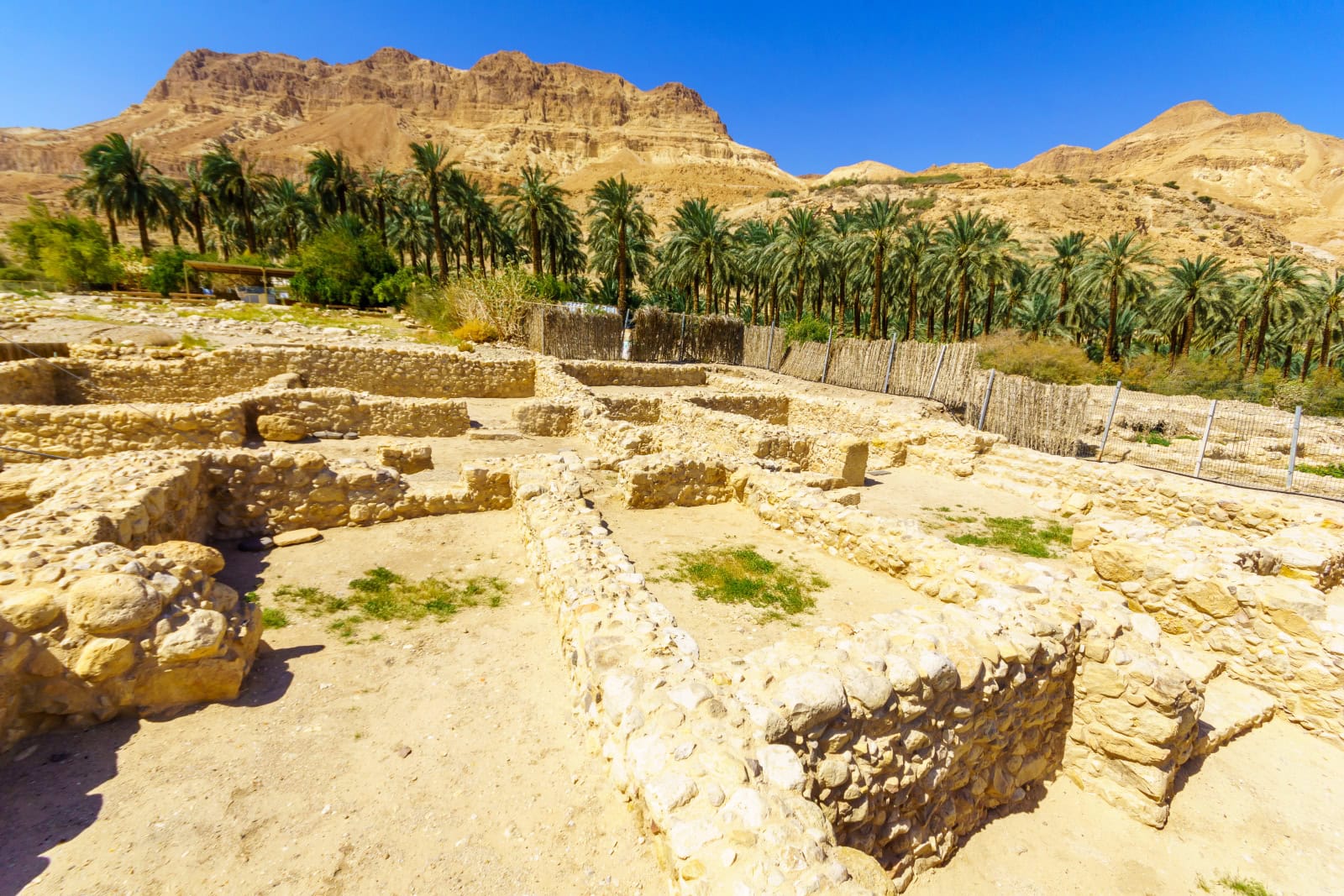
The area of modern-day Ein Gedi, an archeological site and nature reserve, is believed to be the site of Hazazon Tamar, mentioned several times in the Bible.
Traces of the first Judean settlement in the area date back to the Iron Age, around 630 BCE. According to Josephus, the area had a thriving palm tree and balsam industry.
Destroyed in the First Jewish-Roman War, the area was revived during the reign of Roman Emperor Hadrian, who ruled from 117 to 138 CE. According to the Babatha archives, discovered in the Cave of Letters near the Dead Sea, Ein Gedi was “a village in the territory of Jericho in Judea” around 104-132 CE.
Archeologists excavated a synagogue first constructed in the third century CE. A mosaic from the synagogue is on display at the National Archaeology Campus in Jerusalem.
7. City of David
According to the Bible and Jewish-Roman historian Josephus, the City of David was created after King David captured Jerusalem from the Canaanites in approximately 1000 BCE. Archeologists consider it to be the first core settlement of Jerusalem during the Iron Age.
It was a convenient spot to establish a city, located high on a ridge (known today as Mount Zion) for security, and near the famous Gihon Spring, the only water source in ancient Jerusalem.
Solomon, David’s son, was crowned at the City of David in a monumental Canaanite fortress, the Spring Citadel. It was destroyed by the Babylonians along with the First Temple in 586 BCE. In 2014, after 19 years of excavation, the remains of the 18th century BCE structure were unearthed by Israeli archeologists.
New Jewish historical finds are constantly being discovered in the City of David, including the pilgrimage road that led to the Temple Mount in Roman times.




